Not sure? How to try ideas before painting
February 23, 2015 2022-02-22 10:28Not sure? How to try ideas before painting
Hooked on Trees, Acrylic on Canvas
For artists, the process of painting can be seen as a cascade of decisions. The decisions start with what to paint on what support and with what medium. Then you have to make a decision for each brushstroke, each color, each correction. The cascade of decisions ends up basically with finishing choices. Some artists are well known for reworking their paintings over and over again, Cezanne is a famous example of that as he is well known for keeping on working on his paintings for years and having trouble considering them finished (Source: Webmuseum Paris- Cezanne Landscapes )
Along the way, there are easy decisions to make and decisions that are more difficult. All that decision making can seem intimidating especially at the beginning of a painting when all possibilities are still open and at the end of a painting, like knowing when to stop and when to consider it done.
Here are some tips you can use to make the decision process easier while painting
1-Work on sketches before working on the actual painting.
You might also be interested in: Preparatory sketches: What are they for?
It can really help if you take the time to explore composition and color scheme by working on sketches before starting to paint. I am the first one to feel very impatient and excited to start painting but taking some extra time to think it over really makes a difference: The painting you will paint after working on sketches is not the same one you would have painted without sketches, usually a better one, and you will probably end up making less corrections than if you were painting directly.
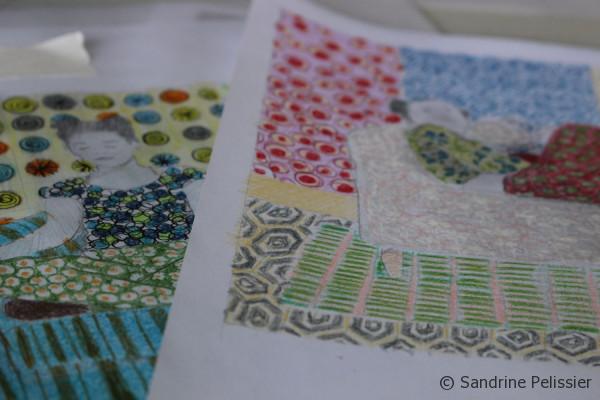
Sketches are a good way to try on composition ideas and color schemes.

sketches don’t have to be done with the same medium, something easy like colored pencils will work too.
2-Test ideas with a medium that you can take off before actually painting them on the canvas.
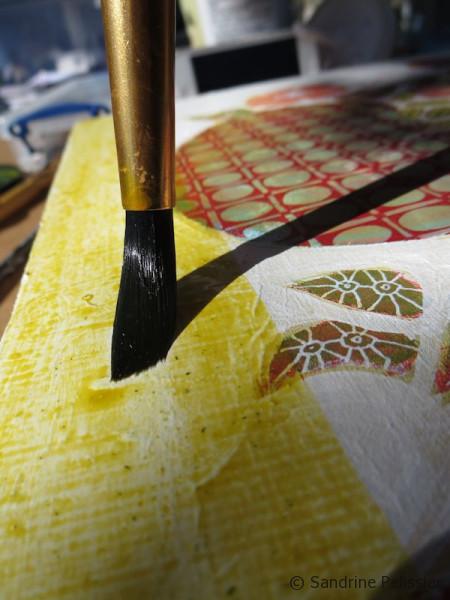
If you paint with watercolor on top of gesso or canvas you should be able to wash it off as long as the layer underneath is waterproof.
You can try colors or designs with watercolors or pastels on canvas and wash them away of you don’t like the result. This is very convenient when trying out colors for example, sometimes you have to see it on the painting to decide if it is working or not.
I am a Blick Art Materials affiliate and I receive a small compensation for sales. That does not effect in any way the cost of the purchaser’s order but it helps me keeping the content of this blog free.

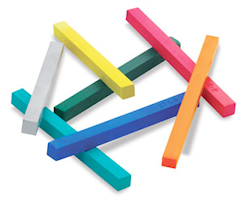 |
Prismacolor NuPastel Color SticksNuPastels have a rich, creamy texture that blends and shades easily. Frequently used in advertising layouts, NuPastels are stronger than ordinary soft pastels, which means less breakage and easier cleanup. Use them to create broad strokes and fine lines. |
3-Use your computer to try on ideas
You can print a picture of your painting and try on ideas with colored pencils or felts. If you are computer literate, you can also try on ideas on an image edition software, see how the painting would look with more contrast, a different background, colored edges…
4-Make sample papers
You can also use sample papers to see how a color or a design would look in a particular area of your painting. Those sample papers can even be recycled later into collages and various creations.
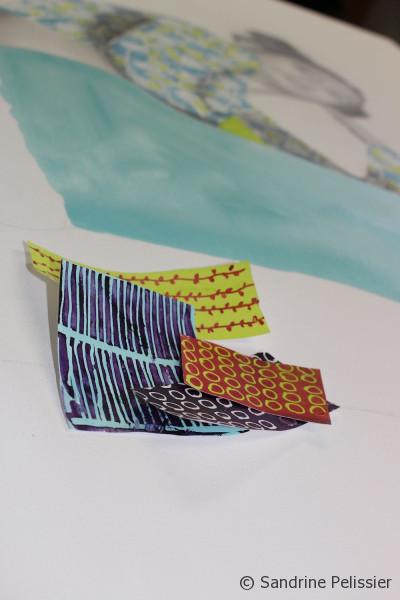
Sample paper are useful to try on colors or patterns on an area of a painting.
5- Use Acetate or © Duralar
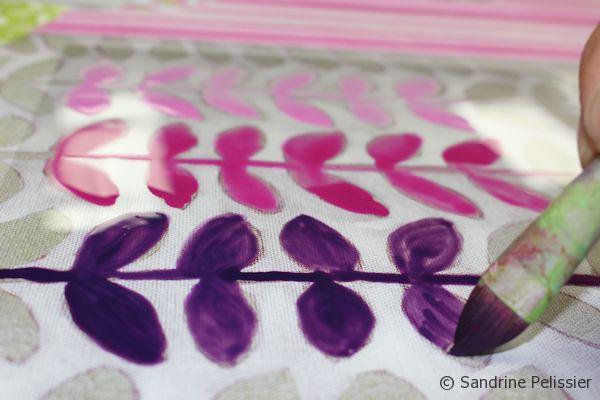
You can paint over a sheet of ©Duralar or Acetate

You can use a sheet of acetate or (c)Duralar , which is transparent and place it on top of the painting to paint an area and try on a color in that area.

When is it finished?
This can be a tricky question as you want to avoid the painting to look overworked and loose its freshness. Something you can try is to stop working on a painting for a while, a few hours or a few days and then look at it with a fresh eye, it usually becomes easier to decide if the painting is finished or not.



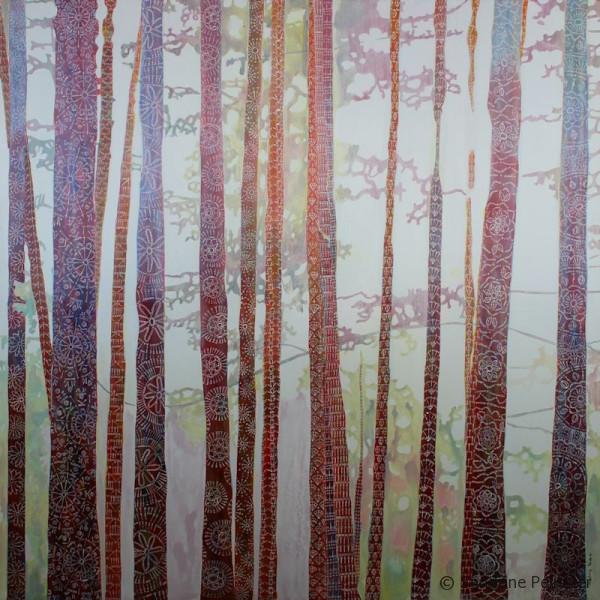



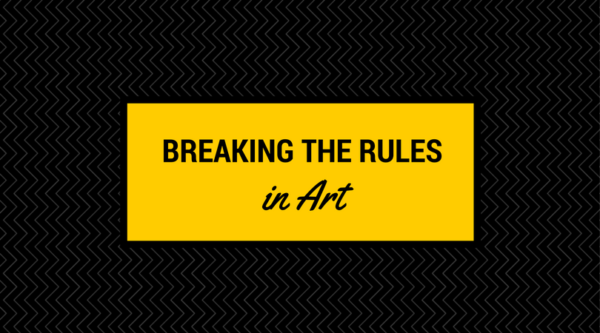


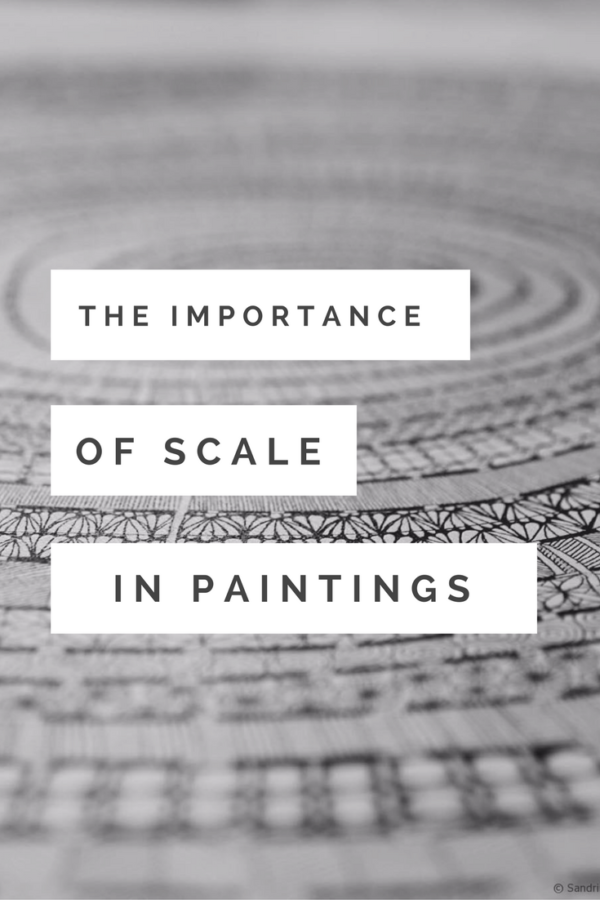
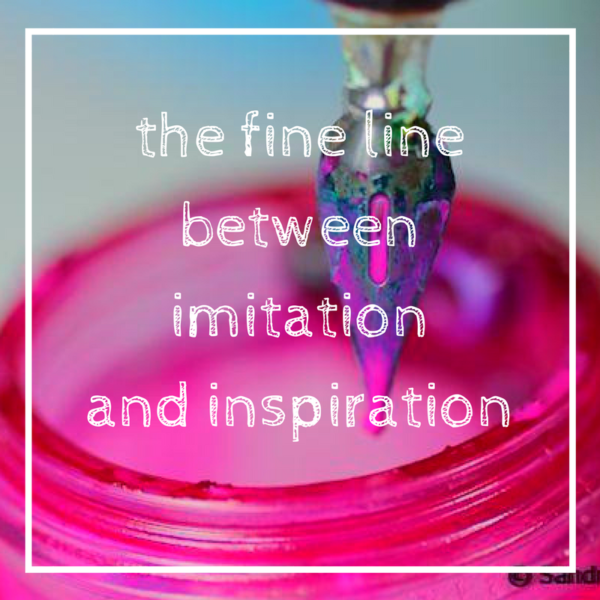
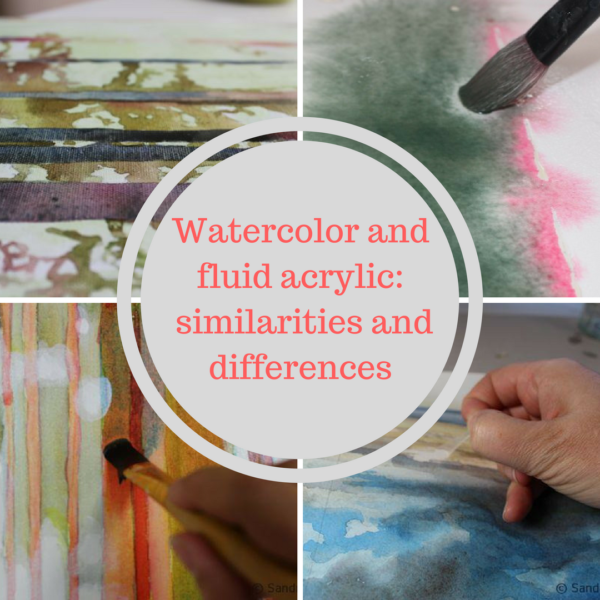


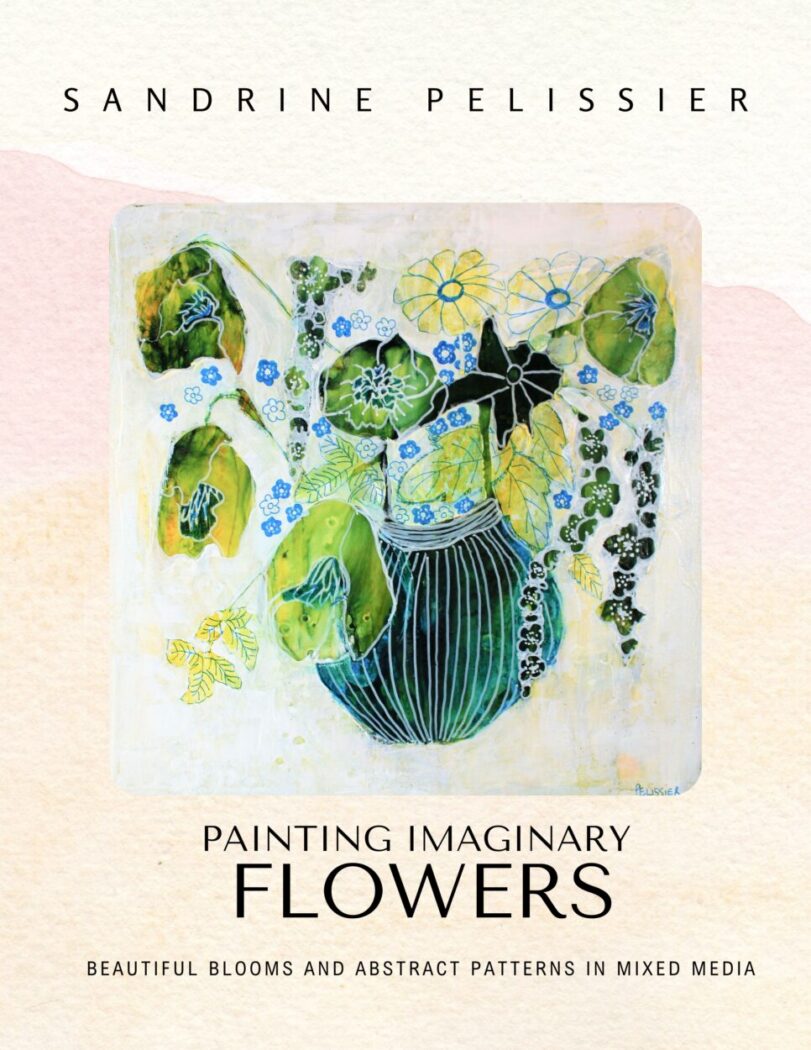
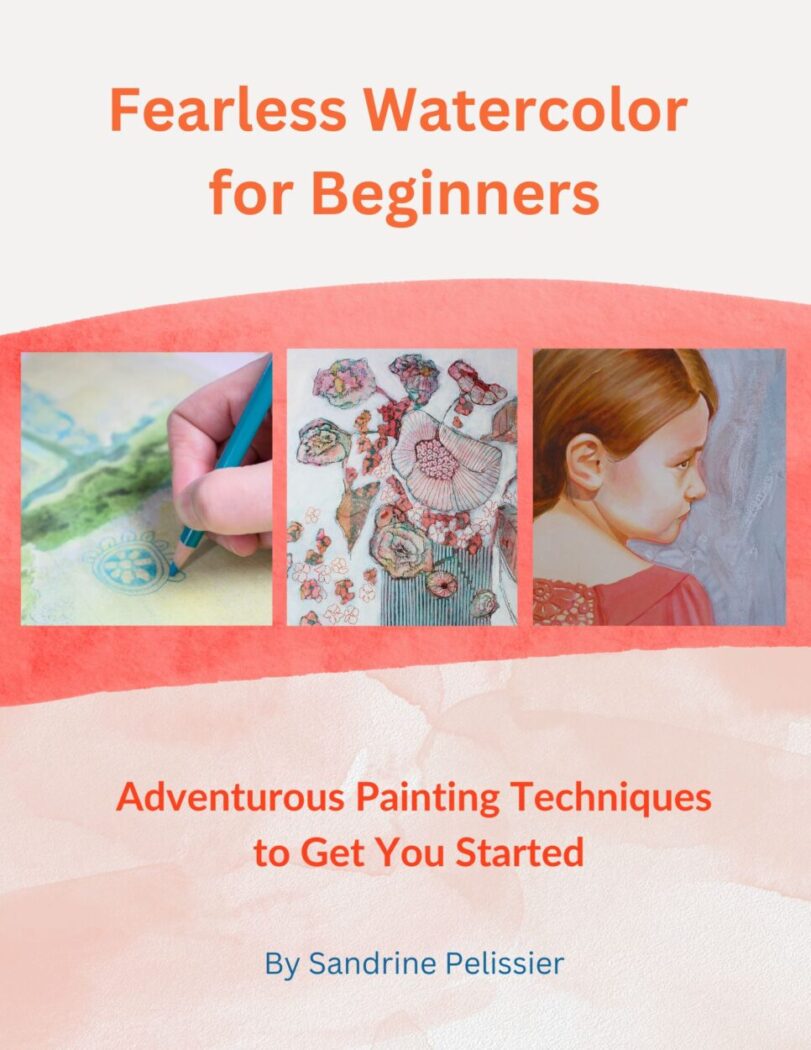

Comments (4)
Nancy
I like to use acetate. It allows me to see instantly what it would look like on my painting. It has gotten me out of jams many times, when trying to make a decision on color or design elements. Great article!
Sandrine Pelissier
Thanks Nancy, it is becoming a favourite tool for me as well, I used it a few days ago to make a decision on colour on my latest painting 🙂
Ellen Divers
These are good ideas. I, too, get impatient to start a painting and find myself stuck sooner than I would like. The discipline of preparation!
Sandrine Pelissier
I totally understand what you mean, I get very eager to start painting as well!